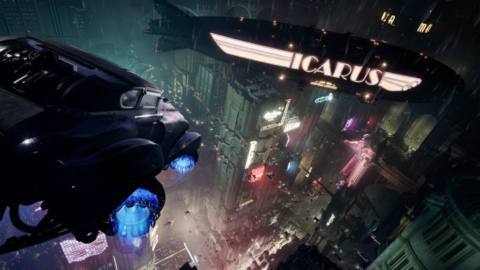
Bethesda’s Starfield was generally a well-regarded RPG, but the game’s 30fps target on consoles was the subject of some controversy. The game’s massive scope arguably justified that 30fps refresh rate, with only high-end PCs capable of hitting 60fps and higher, but now Bethesda has changed course and opened the floodgates on Xbox Series X consoles following significant optimisation work. Players can now independently select performance and visuals modes at arbitrary frame-rates. How exactly do these new combinations fare, and is 60fps really a possibility after it was explicitly ruled out before?
Starfield presents players with a pretty dazzling array of options at first glance. We have two key modes – visuals and performance – along with display targets for 30fps, 40fps, 60fps, and uncapped frame-rates, with different availability depending on your display type and system settings. Plus, there’s an on/off toggle for v-sync, allowing for lower input lag at the expense of screen tearing.
Let’s start by untangling the visuals and performance modes. Beyond making for different-looking procedurally generated terrain, there’s consistently more ground clutter in the visuals mode with more shrubs, small rocks, grass and other incidental details, especially at a distance. I also noticed that some distant objects use lower LODs in the performance mode at a distance, and some texture mips are higher resolution in the visuals mode. More significantly, the visuals mode uses higher resolution cubemaps for refections, providing a noticeable improvement to detail and clarity. Neither mode gives especially convincing results with a flat reflective at point-blank range, but undulating water or rougher metals can look quite passable.






